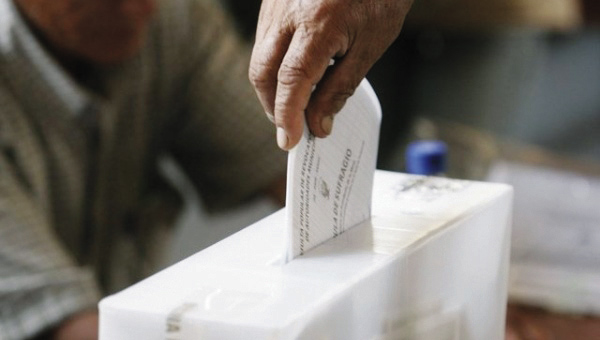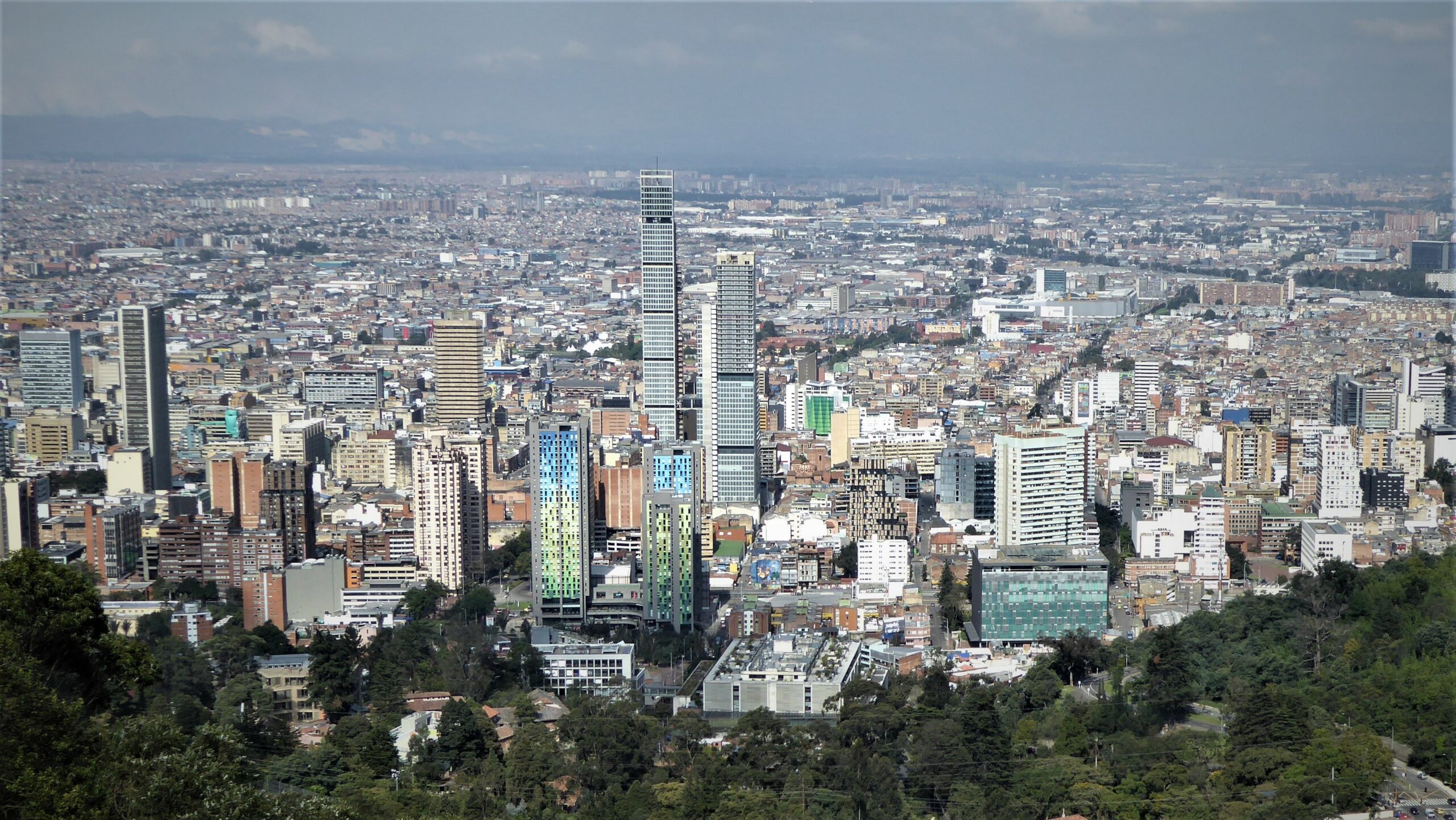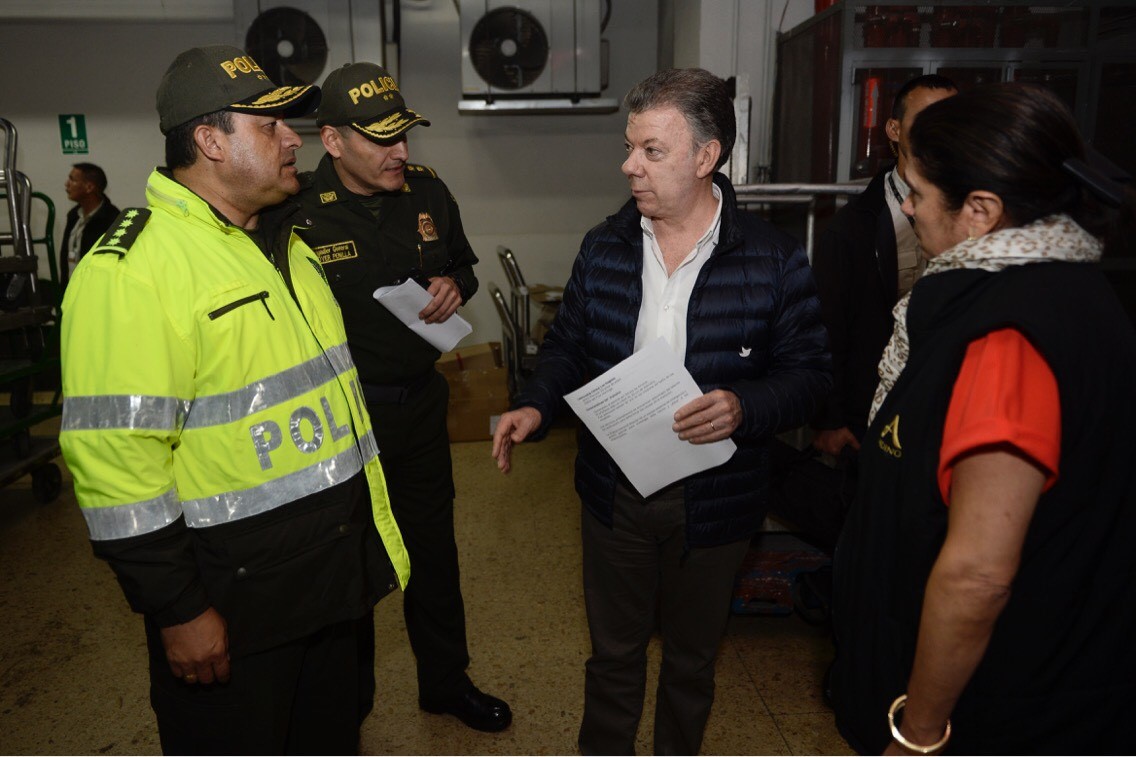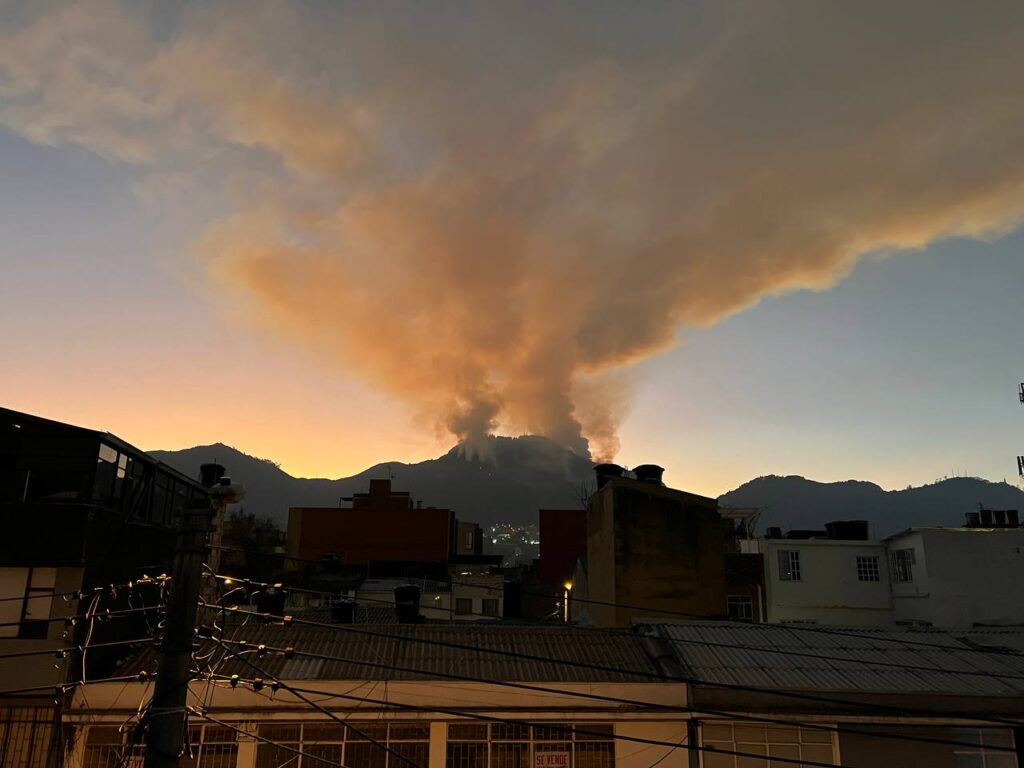
Smoke continues to hang over the Colombian capital today after a series of fires in the Cerros Orientales – the hills bordering Bogotá to the east. On Monday, three fires broke out in the mountains. One was near the Quebrada La Vieja, one in Usme, and the other in Ciudad Bolívar. Since then, we’ve seen several more fires spark in the city’s hillsides.
New Bogotá mayor, Carlos Galán, wrote on X (formerly known as Twitter) yesterday evening that the fires are increasingly under control. However, the flames and smoke are still clearly visible. The biggest concern is the latest fire that’s on the hill closest to Monserrate, alarmingly close to the building line of the city.
Why are there so many fires?
Authorities blame the extreme effects of El Niño for the high temperatures and limited rain that have turned parts of the forest into tinderboxes. High winds are not helping the situation. What’s worrying is that the effects of El Niño could be felt until May, meaning the risk will continue even once the current fires have been extinguished. Farmland across Colombia is already affected, with worse to come.
- READ MORE: Colombia’s year ahead in 2024
On Wednesday, the mayor said that it seemed that the original fire was started by a campfire that had been neglected and got out of control. Much of the city’s efforts to prevent further outbreaks center on restricting access to the mountains and attempting to educate the public about the risks.
Outside of the current climate conditions, invasive species such as the pine and eucalyptus have made the situation worse. According to a paper published by the Colombian Association of Universities, eucalyptus in particular makes the habitat more susceptible to fires because its leaves are rich in oils and highly flammable.
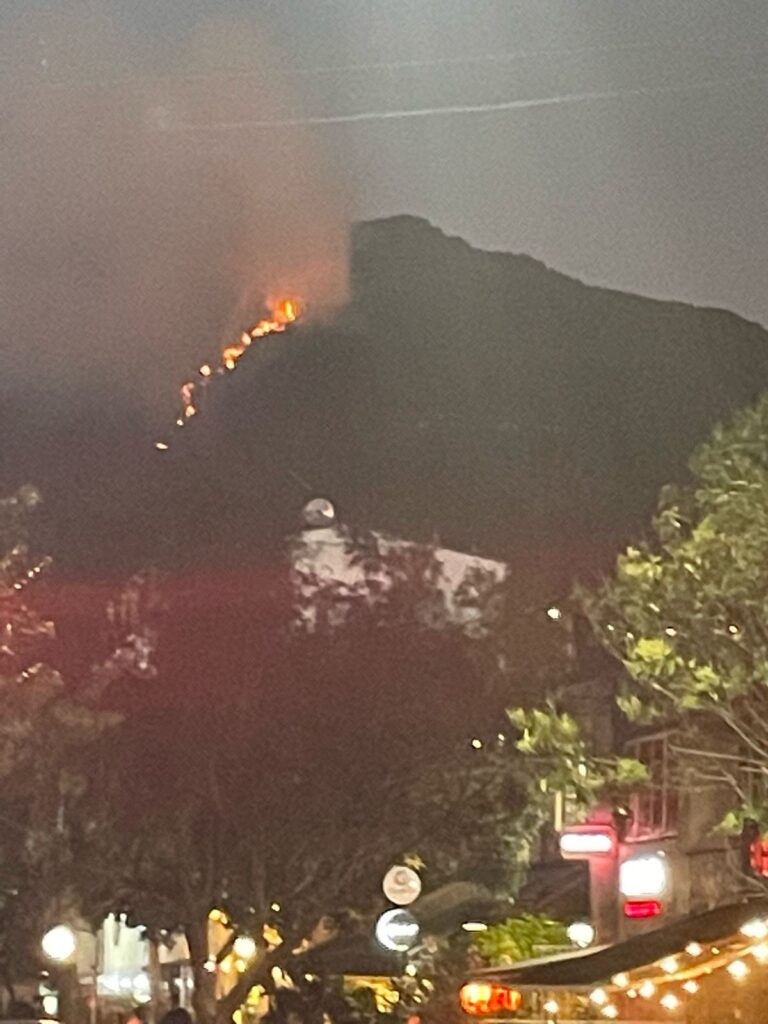
What areas are affected?
Most of the city will be impacted by the deterioration in air quality and potential water shortages. The fires in Chapinero, Ciudad Bolívar, Fontibón, Usme, and Engativá have already burned at least 12 hectares of woodland.
It isn’t only Bogotá. According to Colombia’s disaster management unit (UNGRD), there have been more than 230 forest fires since November 3 in over 130 municipalities. It estimates over 3,500 hectares of vegetation have been impacted. The departments of Vichada, Santander, Cauca, and Boyacá have been worst affected.
In Bogotá, Martha Liliana, director of the Jardín Botanico, said that the ecosystem and biodiversity could take many decades to recover. She pointed out that fires don’t only destroy vegetation and soil, they also kill thousands of animals and plants. The damage to the habitats and contamination of the air and water equates to a catastrophe for wildlife.
What are authorities doing?
Over 300 people, led by the fire department have been working round the clock to put out the fires. Two helicopters have made more than 21 trips to drop water and flame-retardant liquid. Firefighters are working on the ground, but the mountain terrain makes their work even more challenging.
The hiking paths in the Cerros Orientales have been temporarily closed. The Alcaldía also announced that the path to Monserrate will be shut. The city’s Secretary of Education has recommended that schools in affected areas switch to virtual classes today and tomorrow (January 25 and 26).
Any advice for residents of the city?
It should go without saying, but don’t leave rubbish, throw cigarette butts, or start bonfires in woodland areas.
- Wear masks that cover the nose and mouth. This especially goes for elderly people or young children. If you are in an area that’s been heavily affected, keep windows and doors closed and cover any ventilation gaps with a damp cloth.
- Call 123 if you see smoke or columns of smoke. Don’t assume that someone else has already made the call.
- Keep pets inside as much as possible and try to protect them from any smoke. If you notice any coughing or irritation of the airways, get veterinary assistance.
- If you come across wild animals who are injured or fleeing the fire, call one of the Ministry of Environment’s helplines: 318 8277733 / 317 4276828 / 318 7125560. You may want to put out water and/or fruit to help hydrate wild animals.
The Environment Secretary says they have already rescued two chotacabras (nightjars, a type of nocturnal bird), one owl, and one coati.

